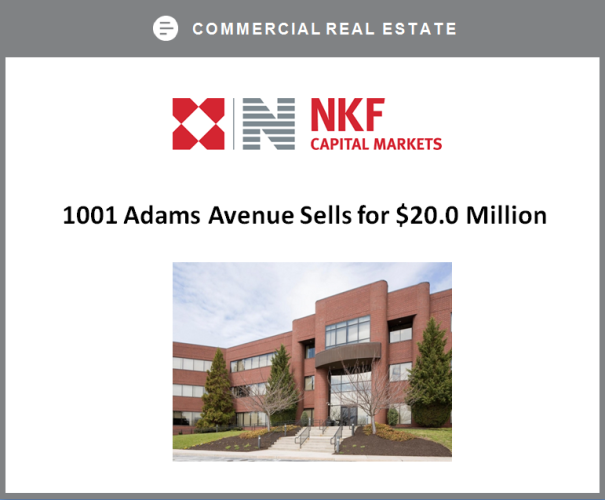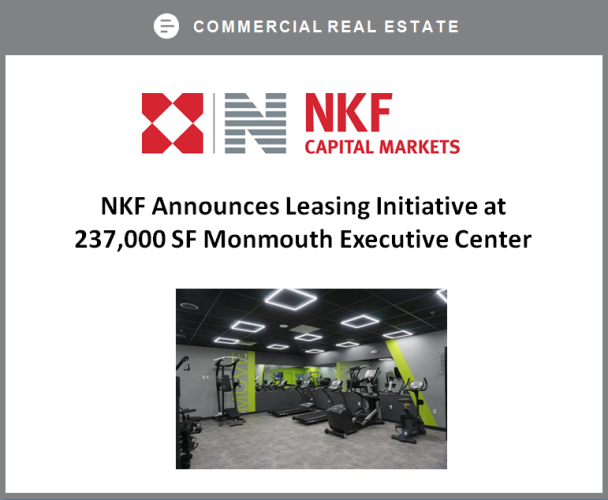- PNC did a little better than expected at the pre-provision profit line, despite worse than expected NIM pressure, and C&I loan growth really stood out as exceptional.
- PNC's organic growth strategy gives it an invaluable weapon to combat spread compression pressures, as the company continues to expand its retail and middle market footprints in select markets.
- PNC looks fairly valued for its above-average earnings growth potential, and with an internal growth offset to NIM pressure, it could outperform banks with fewer drivers/catalysts.
PNC Financial (PNC) has been consistent in their belief that they can best serve investors by pursuing selective organic consumer and commercial bank growth opportunities in lieu of whole bank M&A, and the last couple of quarters would seem to suggest that they're on to something in the commercial bank, as PNC continues to outpace its peers in loan growth. With spreads likely to get worse from here, PNC's organic growth potential may well help it stand out from the crowd.
I liked PNC a quarter ago, and the shares have outperformed the banking sector since then (and the market as a whole). The shares are trading closer to fair value now, but PNC offering a more credible case that it can offset spread compression with organic growth and above-peer loan growth, I'd be inclined to prefer a fairly-valued PNC to some undervalued bank stocks with less impressive near-term drivers.
A Pretty Solid Quarter All-Around
PNC did fine relative to my expectations and those of the Street for the second quarter. Provisioning was a little higher than expected, but that's a tough number to get right on a quarter-to-quarter basis, and net interest margin was weaker than expected, but that's been true for the large majority of banks so far. Bottom line, core pre-provision profit was about 2% better than expected, loan growth was good, and revenue was a little better than expected, while credit quality remains surprisingly stable.
Revenue rose 3% yoy and qoq as reported, but was up a little less on a "core" adjusted basis. Net interest income rose 3% yoy and 1% qoq, coming in about as expected despite worse NIM pressure. Net interest margin shrank 7bp qoq and missed Street expectations by about 6bp, but PNC achieved better earnings asset growth with robust loan growth. Fee income growth was up slightly qoq on a core basis. Operating expenses were almost flat (flat yoy and up 1% qoq), helping drive 4% sequential core pre-provision profit growth. Tangible book value per share rose 12% yoy and more than 3% sequentially.
A Surprisingly Strong Quarter For Loan Growth
In a quarter where many large banks, including Bank of America (BAC), Citi(C), U.S. Bancorp (USB), and Wells Fargo (WFC), have reported underwhelming loan growth, PNC stood out with 6% yoy and 2% qoq period-end loan growth (up 5% yoy and 3% qoq on an average balance basis). PNC stands out, in particular, for its very strong C&I loan growth, with average loans increasing more than 4% from the prior quarter.
It's curious to me that PNC, generally regarded as a conservatively-run bank, is so actively putting loans on the balance sheet at this point in the credit cycle. Companies like Commerce Bancshares (OTC:CBSH), as well as some of the aforementioned peers, have been arguing that they'd like to make more loans, but the risk-adjusted returns on offer don't meet their requirements. I'm sure PNC's more specialized focus is helping, not to mention the company's aggressive expansion of its middle-market lending operation into new metro markets, but it's a curious divergence.
PNC may be outperforming on loan growth, but it's still facing the same spread pressures as the rest of the sector. Average loan yield declined 5bp this quarter, while the average cost of interest-bearing deposits rose 5bp. That led PNC to one of the highest incremental betas I've seen among large banks so far this quarter (70% versus the mid-to-high 50%'s for Citi, Bank of America, and JPMorgan (JPM) ), but the cumulative beta is still comparatively low in the mid-30%s (better than U.S. Bancorp, Wells Fargo, and Citi).
Average deposits rose 5% yoy and 2% qoq, but non-interest-bearing deposits declined 6.5% qoq on an average balance basis. Looking at the year-over-year change, PNC's 7% decline was worse than the 2% decline at JPMorgan and 6% decline at Wells Fargo, and on part with Bank of America and U.S. Bancorp.
In the near term, PNC doesn't have a lot of good options to fight increasing spread compression. The company's retail "ultra-thin" branch expansion strategy is being anchored by higher-cost online deposits and as per the last 10-Q, PNC is looking at a roughly 2% decline in net interest income if rates fall by 100bp. Given the success of the Kansas City expansion, PNC is accelerating its plans in markets like Boston, Dallas, Houston, and Nashville, and that is going to keep some pressure on deposit costs. On a more positive note, the loan/deposit ratio is still good, so PNC is by no means desperate for deposits.






